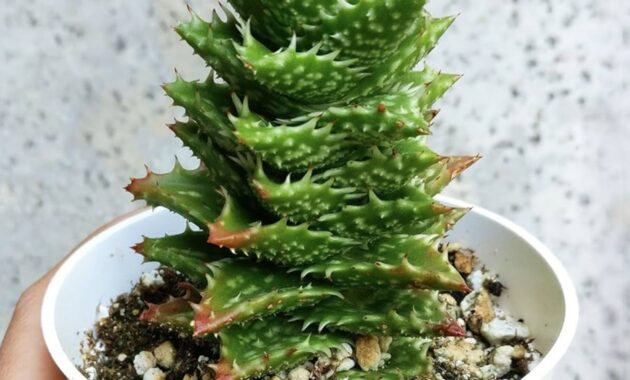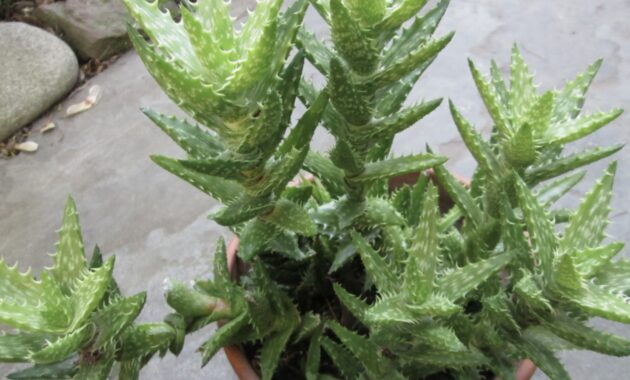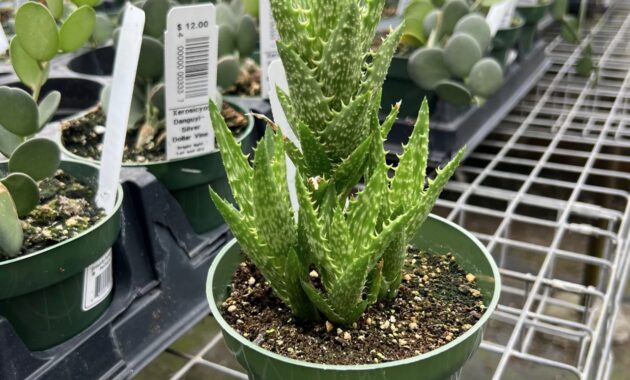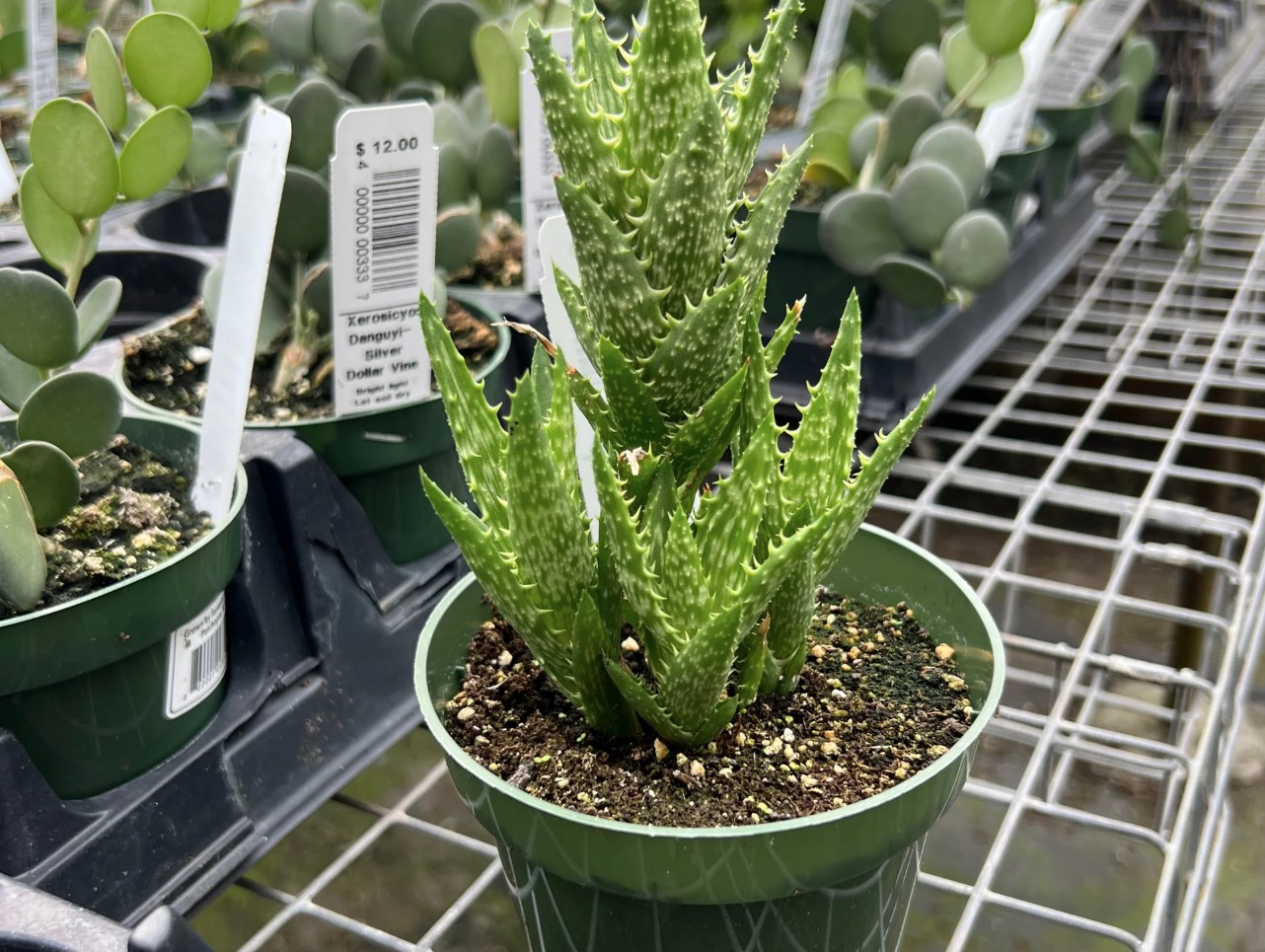
Have you ever seen a plant with teeth-like protrusions on its leaves? If so, you’ve likely encountered the fascinating Tiger Tooth Aloe. This unique succulent, with its striking appearance and numerous benefits, has gained popularity among plant enthusiasts. In this comprehensive guide, we’ll delve into the world of Tiger Tooth Aloe, exploring its care, benefits, and various uses.
What is Tiger Tooth Aloe?
Tiger Tooth Aloe, scientifically known as Aloe juvenna, is a small, clumping succulent native to South Africa. It’s easily recognizable by its triangular, fleshy leaves with distinctive white “teeth” along the margins. These teeth, which give the plant its name, are actually small spines.
How to Grow Tiger Tooth Aloe
Growing Tiger Tooth Aloe is relatively straightforward, even for novice gardeners. Here’s a step-by-step guide:
- Choose the Right Pot: Select a well-draining pot with drainage holes to prevent waterlogging.
- Prepare the Soil: Use a cactus or succulent potting mix that is well-draining.
- Planting: Gently place the plant in the pot and fill in the surrounding soil.
- Sunlight: Tiger Tooth Aloe thrives in bright, indirect sunlight. A sunny windowsill is ideal.
- Watering: Water your plant deeply but infrequently, allowing the soil to dry out completely between waterings. Overwatering can lead to root rot.
- Temperature: These plants prefer warm temperatures between 65°F and 85°F (18°C to 30°C).
Tiger Tooth Aloe Plant Care Tips
- Fertilizing: Feed your Tiger Tooth Aloe with a balanced, diluted liquid fertilizer once or twice a year during the growing season.
- Pruning: Remove any dead or damaged leaves to maintain the plant’s appearance.
- Repotting: Repot your plant every 2-3 years or when it becomes root-bound.
Tiger Tooth Aloe Benefits
- Air Purification: Tiger Tooth Aloe, like other succulents, helps purify the air by absorbing toxins.
- Medicinal Uses: It has potential medicinal properties, including anti-inflammatory and antimicrobial effects.
- Decorative Value: Its unique appearance makes it a stunning addition to any home or office.

Tiger Tooth Aloe Propagation
Propagating Tiger Tooth Aloe is easy through offsets or leaf cuttings:
- Offset Propagation: Gently remove offsets from the parent plant and pot them in well-draining soil.
- Leaf Cutting Propagation: Cut healthy leaves from the plant, allow them to dry for a few days, and then plant them in soil.
Tiger Tooth Aloe vs. Aloe Vera
While both Tiger Tooth Aloe and Aloe Vera belong to the same genus, they have distinct differences:
- Appearance: Tiger Tooth Aloe has a more compact and spiky appearance, while Aloe Vera is larger with smooth, fleshy leaves.
- Medicinal Uses: Aloe Vera gel is widely used for skin and hair care, while Tiger Tooth Aloe is less commonly used for medicinal purposes.
Tiger Tooth Aloe for Home Decor
Tiger Tooth Aloe can be used in various creative ways to enhance your home decor:
- Indoor Plant: Place it on a windowsill, coffee table, or bookshelf.
- Succulent Garden: Combine it with other succulents in a container garden.
- Terrarium: Create a miniature ecosystem with Tiger Tooth Aloe and other small plants.
Best Conditions for Tiger Tooth Aloe
- Sunlight: Bright, indirect sunlight is ideal. Avoid direct sunlight, especially during the hottest parts of the day.
- Water: Water deeply but infrequently, allowing the soil to dry out completely between waterings.
- Temperature: Warm temperatures between 65°F and 85°F (18°C to 30°C) are best.
- Humidity: Low to moderate humidity is suitable.
- Soil: Well-draining cactus or succulent potting mix.

Tiger Tooth Aloe Plant Diseases and Pests
Tiger Tooth Aloe is relatively resistant to pests and diseases. However, overwatering can lead to root rot. To prevent this, ensure proper drainage and avoid overwatering.
Conclusion
Tiger Tooth Aloe is a captivating succulent that offers both beauty and potential benefits. With its low-maintenance care requirements and striking appearance, it’s an excellent choice for plant enthusiasts of all levels. By following the tips provided in this guide, you can successfully cultivate and enjoy this unique plant.
FAQs
- Can I eat Tiger Tooth Aloe? While some Aloe species are edible, Tiger Tooth Aloe is primarily grown for its ornamental value and is not typically consumed.
- How often should I mist my Tiger Tooth Aloe plant?
Misting is not necessary for Tiger Tooth Aloe. Overly moist conditions can lead to fungal diseases. - Can Tiger Tooth Aloe tolerate low light conditions?
While Tiger Tooth Aloe can tolerate some shade, it thrives in bright, indirect light. Low light conditions may cause the plant to become leggy and lose its vibrant color. - What is the best way to propagate Tiger Tooth Aloe from leaf cuttings?
To propagate from leaf cuttings, allow the cut leaf to dry for a few days. Then, plant the base of the leaf in well-draining soil. Keep the soil slightly moist and place the pot in a warm, bright location. - How can I prevent root rot in my Tiger Tooth Aloe?
To prevent root rot, ensure your plant is potted in well-draining soil and avoid overwatering. Water only when the soil is completely dry to the touch.



